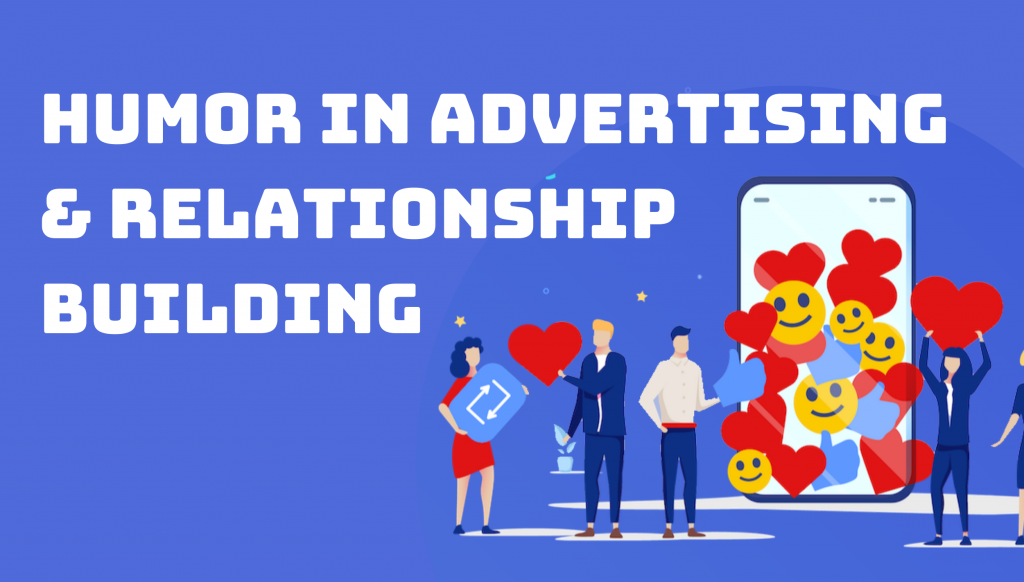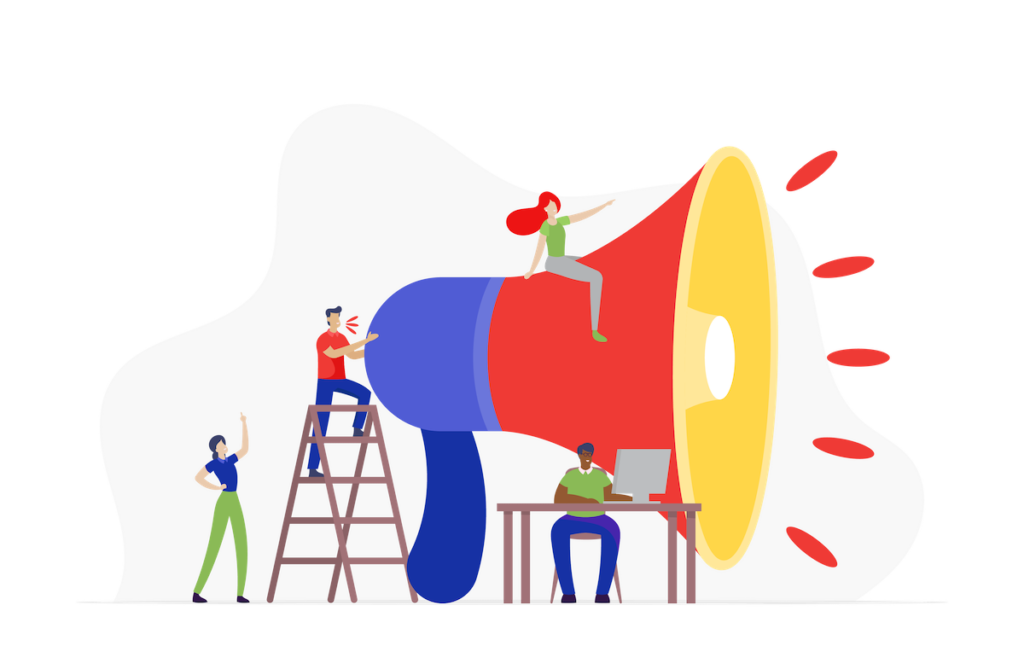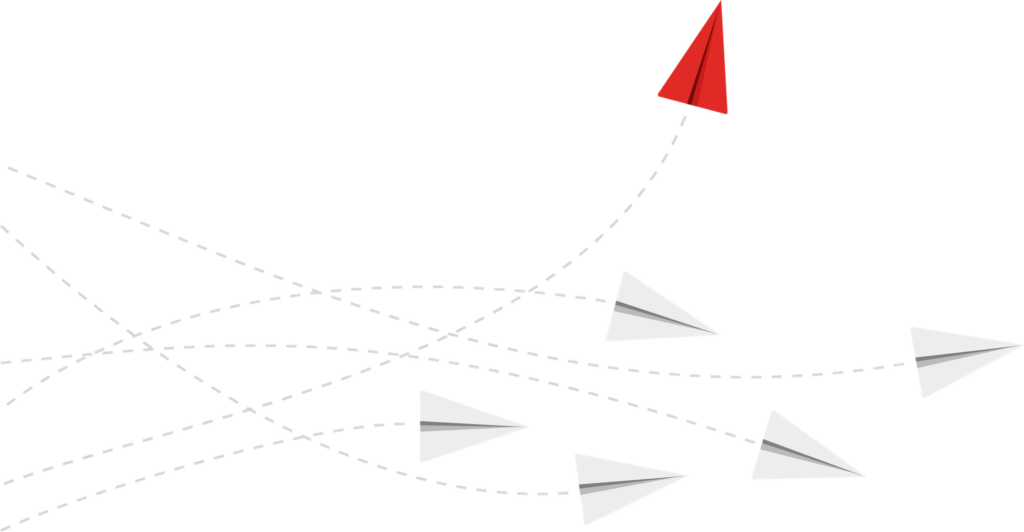
Humor in Advertising & Relationship Building
Associating a brand with a positive image takes work. Consistent, strategic, human work. Because of the detriment or leverage it can grant a brand, one of the most impressive displays of human connection in advertisements is humor. Still, many advertisers frequently skip out on that work by slapping some quick punchlines in their creative and calling it a day.
Humor is easy to fall back on because many think effective and relevant humor should be simple to accomplish. But humor must be thoughtfully developed and is never a feature to skimp when choosing that avenue. Otherwise, your brand could lose more than it gains in share of mind. With humor, falling flat or completely missing the mark is the last thing you’d want. And it happens. A lot.

The Beauty
In the past, humor was largely utilized by brands with fun products and big budgets. While this is still true, we’ve seen an increase of smaller brands incorporating a humorous flair to their narrative. We also see humor used by brands that want to add a light-hearted dimension to their image.
The simple truth is consumers buy from brands they trust and like. Humor can assist with accomplishing that relationship when done well. This doesn’t always include a joke with a punchline, either. Humor can be found in sarcasm, slapstick, or overt awareness, to name a few.
We’ve touched on the importance of being self-aware and the power of meaningful connections before, and that applies here too. It’s always a goal, if not a bit of a challenge, to connect with audiences through a shared experience or heartfelt desire; that is so long as you feel ready to step past certain boundaries.
After all, humor is a relationship tool. You are expressing to your audience that you know them on a deeper level. The message is supposed to represent something your audience will find entertaining and engaging, while simultaneously hitting the mark with relevance and tact.

The Work
When building out a humorous concept, there are three things to keep in mind: the brand, product or service, and audience. For instance, consider the infomercial format. Most often, these ads are product content heavy with little to no emotional connection established with the audience. Even the value of the offer is leaning towards thievery. The brand image is of little to no importance, which leaves consumers disconnected from the buyer experience, much less any loyalty or trust.
This concept is sort of the “what not to do” template for humorous advertising, but to break it down in more detail, here are the risks of failing to use humor correctly:
Audience Exclusion
A brand’s messaging cannot make 100% of consumers happy every time. There’s a thin line to ensure that, even if a subset do not connect with the humor as others have, the experience is not negative. Indeed, a phrase meant to be funny but totally falls flat, whether it’s disconnected from the audience (‘Fellow Kids’, much?), is cheesy and cringe-worthy, or plain tone deaf, is not a great response. Even more, if someone from the audiences feels pandered to or misinterprets the message, you may lose a segment of consumers. ‘Read the Room’ means a lot here.
Excessive Product Pushing
You rarely see an infomercial that is funny by design. When the product information starts to take over a concept, you can lose your brand’s personality, which is supposed to drive the connection between you and your audience. Humorous advertising is a balance between clever incorporation of the product and expressing the personality of the brand. Not every moment should be dedicated to product pushing. This applies to all creative, humorous or not.
Too-Safe Ads Never Win
Funny ads that stay inside a box won’t be remembered the next day. They may get a small smile out of the consumer, but it’s nothing to write home about. Advertisers and brands try to play it safe with humor so they don’t exclude anyone with their jokes, digs, or drama. More often than not, this playing safe game is what results in the cheesy or cringe-worthy bucket.
But humor is flare, and flare is how it should be used. Payoff can be monumental.

The Benefit
With everyone turning to feel-good ad concepts this year, whether humorous or thoughtful, there is more noise to cut through than ever. Advertising with perfectly executed humor can be much more impactful than some businesses realize, especially during a universally challenging time. This is what humor can do for your brand:
Differentiate Amidst the Noise
Your product may be one of a kind or a better version of everything else out there. Regardless of what you’re promoting, you need to stand out, and incorporating humor allows the creativity and personality required to differentiate yourself. The current status of this year is evidence to humor coming with pros and cons that are dependent on audience, their tone, and the overall angle and timing.
Many brands have chosen not to include any humor this year. And this is for good reason at face value, however this collective flip in tone and message has still mimicked what we see in a “traditional” year: Many brands choose one route and stick with it, leaving messaging to sound the same across brands, contributing to fatigue and noise. However, some brands did choose to incorporate humor this year, many successfully. This is just another piece of the same crucial facet to truly understand your audience and grasping the foresight to take the message, content, and timing into consideration. When this is done well, you can easily differentiate yourself amidst the noise, positively.
Easy to Remember
People still talk about the best Superbowl ads of all time. While the Superbowl may be a commercial showcase, it goes to show how well spunky commercials are remembered across almost all markets. Funny and effective ads are easy to remember and even a joy to recollect, especially in a YouTube compilation.
As mentioned in the last point, it’s incredibly easy to create a message that quickly becomes forgettable when there’s a lot of noise that ultimately sounds the same. Although there are many tactics to achieve remembrance through creatively, humor is a proven way to keep the brand at top of mind simply because you were able to get a positive reaction from your audience.
Relationship Builder
With humor, you set up a comfortable way for your audience to relate to your product or service. You can build an even stronger relationship with the consumer in the exact same way a friend would. And that’s essentially the end-game point to the beauty, the work, and the benefit. You’re expressing personality. You’re relatable. You understand your audience and you’re not tone-deaf in an ivory tower. You’re building a relationship. We’re all part of the leaves of grass, after all. It’s time to embrace that.

